Salmon fishing from a boat typically involves two primary techniques: trolling with flashers and hoochies, or mooching with herring. Each method requires specialized equipment to be effective. While there are three primary types of salmon reels (conventional trolling reels, spinning reels, and fly fishing reels), conventional reels dominate boat-based salmon fishing. Both trolling and mooching gear is unique to salmon fishing, where long rods are used and reels with a line counter are preferred.
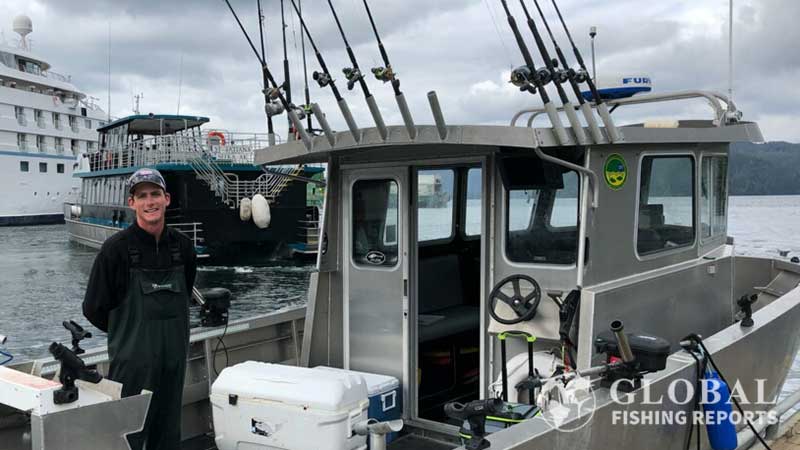
Line Counters: Essential for Both Trolling and Mooching
Line counter reels are invaluable tools for both salmon trolling and mooching. Here is why the are important for each technique.
For Trolling:
When trolling for salmon, a line counter helps determine the distance behind the boat and the depth of your lure. While not strictly necessary when using downriggers (which display ball depth), line counters become essential when setting flatlines out the back or using diving devices like dipsey divers or jet divers.
For Mooching:
For mooching, a line counter is absolutely critical. This technique involves pitching a 6-ounce weight with a herring on a leader to depths up to 250 feet. If fish are marked on the fish finder at a specific depth, this becomes your target depth range for the bait. The line counter ensures you’re presenting your bait at exactly the right depth.
Additionally, when someone hooks a salmon while mooching, knowing that depth is valuable information, as salmon frequently swim in schools. The line counter allows everyone on the boat to quickly match the productive depth.
During my charter season in Alaska, our mooching success improved dramatically when we consistently used line counters to target specific depth ranges.
Salmon Trolling Reels
Quality trolling reels are the workhorses of salmon fishing operations. These conventional reels typically feature:
- Levelwind systems to ensure even line distribution
- Strong drag systems capable of handling fighting salmon
- Anodized aluminum spools for corrosion resistance
- Ball bearings for smooth operation
- Line counters (for non-downrigger applications)
1. Shimano Tekota A 600 Line Counter Salmon Reel
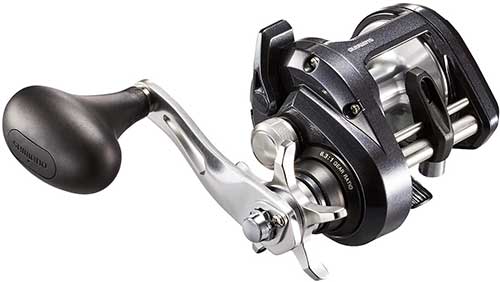
| Model 600 |
Weighs 17.1 oz |
| Drag 24 Pounds | Retrieves 38 in/turn |
| Line-capacity (yd/lb) 240/25 | L-C Braid 460/50 |
The Shimano Tekota A 600 is offered as a line counter reel and as a reel without a line counter. In the listing get the once size option for a line counter. The 600HGA does not come with a line counter. A left-handed version is available with a line counter and is the 601HGLCA model. The 6.3:1 gear ratio allows for 38 inches of line to be retrieved per turn of the handle which is significantly more than other reels that are this size.
The 600 reel model is a good size for trolling or mooching in depths over 200 feet deep. Key features of the reel are an all-metal S-compact body, carbon fiber drag, A-RB corrosion resistant ball bearings, and a super free spool. This is a great reel for trolling and mooching for salmon.
In the video above, I show how to use downriggers with this type of salmon fishing reel.
2. Shimano Tekota A 500 Line Counter Salmon Reel

| Model 500 |
Weighs 16.4 oz |
| Drag 24 Pounds | Retrieves 38 in/turn |
| Line-capacity (yd/lb) 285/16 | L-C Braid 330/50 |
The Shimano Tekota A 500 line counter reel works well for both trolling and mooching for salmon. In the picture, the reel does not show a line counter but the listing is for line counter reel. A good fishing line for salmon is Maxima Ultragreen. Using a 30-pound line is good for the mainline and a 30-50 pound line is good for the leader purposes.
This is the exact reel I had on about 10 fishing rods last season while running fishing charters in Sitka Alaska. A levelwind did break on one reel right out of the box and had to be sent back. The other reels held up for the season. The size 500 works well to troll and mooch up to about 200 feet of water when using a 30-pound line. If you are going to be fishing deeper than that I would recommend the size 600 reel.
This is a top-quality reel that is small and lightweight. My only complaint is that the star drag would loosen over time. This made it so the drag would have to be tightened from time to time while fighting a fish. It was not a huge deal but it would be nice to set the drag and not have to adjust it after that.
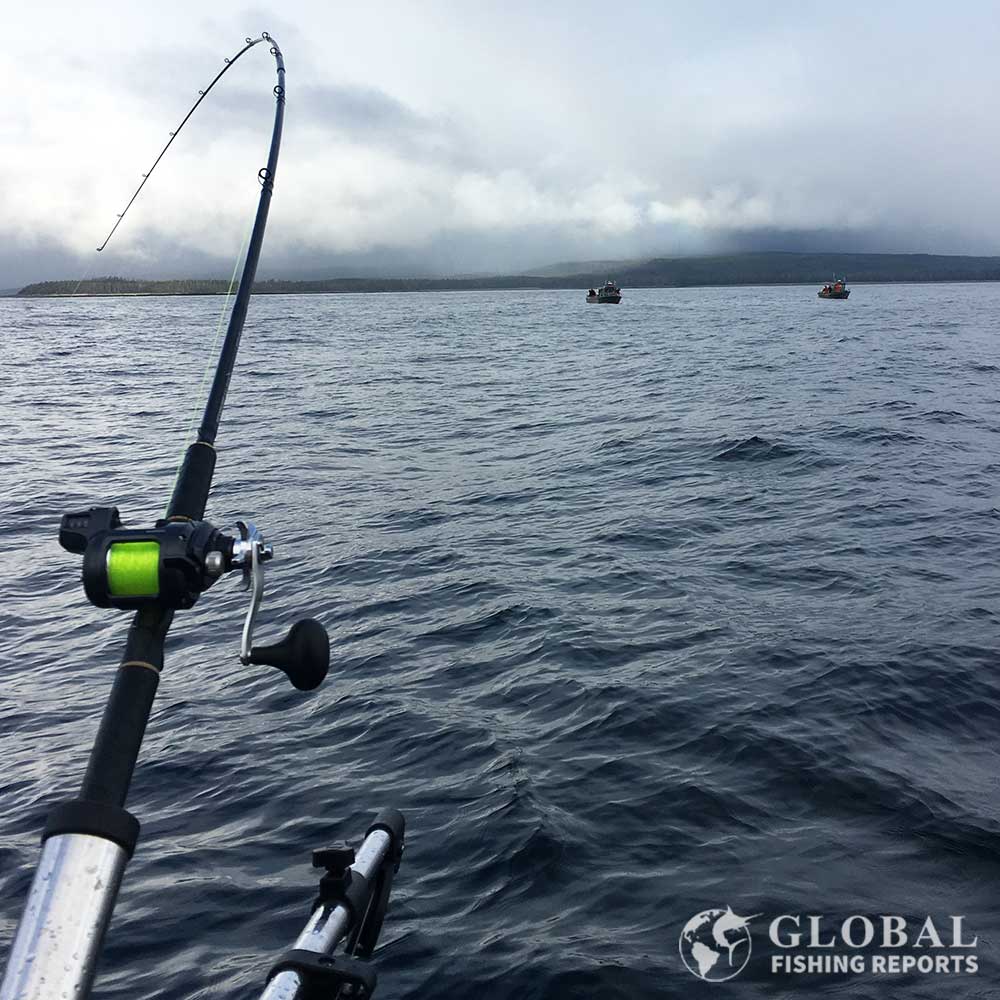
In the picture, I am trolling with a Tekota A 600 line counter reel spooled up with 30-pound high-visibility fishing line. The rod is in a Scotty electric downrigger holder.
3. Penn Fathom II Levelwind Salmon Reel
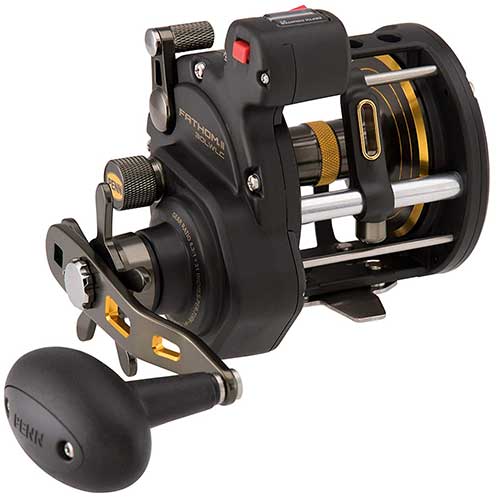
| Model 15 |
Weighs 19.8 oz |
| Drag 30 Pounds | Retrieves 30 in/turn |
| Line-capacity (yd/lb) 215/20 | L-C Braid 310/50 |
| Model 20 |
Weighs 20.9 oz |
| Drag 30 Pounds | Retrieves 30 in/turn |
| Line-capacity (yd/lb) 315/20 | L-C Braid 450/50 |
| Model 30 |
Weighs 26.1 oz |
| Drag 30 Pounds | Retrieves 31 in/turn |
| Line-capacity (yd/lb) 375/30 | L-C Braid 725/50 |
| Model 50 |
Weighs 27 oz |
| Drag 30 Pounds | Retrieves 30 in/turn |
| Line-capacity (yd/lb) 320/50 | L-C Braid 770/80 |
The Penn Fathom II is a quality saltwater rated levelwind reel that is great for salmon fishing. It comes in 4 sizes, left-hand configurations, and has an option for a line counter in the 20 and 30 size models.
The size 20 and 30 reels are a good size for salmon trolling. These reels can also be used for mooching and jigging. This is one of the more durable levelwind reels on the market and for that reason, it is a popular reel for charter fishing operations. The body and side plates are made of all metal and the reel has 4+1 stainless steel ball bearings. It has the HT-100 drag system with carbon fiber drag washers. The video below provides more information about Penn Fathom reels.
4. Penn Squall Levelwind Salmon Trolling Reel
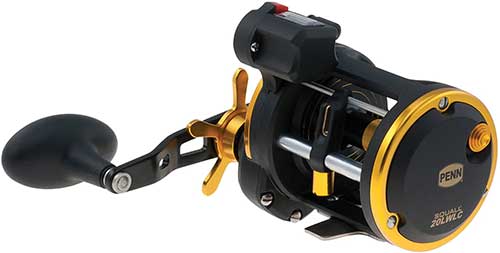
| Model 15 |
Weighs 16.2 oz |
| Drag 15 Pounds | Retrieves 28 in/turn |
| Line-capacity (yd/lb) 220/20 | L-C Braid 305/50 |
| Model 20LC |
Weighs 16.9 oz |
| Drag 15 Pounds | Retrieves 28 in/turn |
| Line-capacity (yd/lb) 315/20 | L-C Braid 455/50 |
| Model 30 |
Weighs 20.9 oz |
| Drag 20 Pounds | Retrieves 35 in/turn |
| Line-capacity (yd/lb) 370/30 | L-C Braid 710/50 |
| Model 50 |
Weighs 24.6 oz |
| Drag 20 Pounds | Retrieves 32 in/turn |
| Line-capacity (yd/lb) 320/50 | L-C Braid 775/80 |
The Penn Squall is a lightweight conventional style salmon reel at a reasonable price. Only the size 20 comes in the line counter options. The size 20 is a great size for salmon trolling and mooching.
I have used the size 50 version of this reel to fish for tuna and mahi-mahi in the Florida Keys. This is a good reel for stand up fishing because it is lightweight. It is made with a graphite body and holds up well over time. Key features of the reel are the HT-100 drag system with carbon fiber washers, bronze main gear, stainless steel pinion gear, and 2+1 stainless steel ball bearings. The video below shows an overview of the Penn Squall series of fishing reels.
5. Penn Rival Salmon Trolling Reel

| Model 15 |
Weighs 17.7 oz |
| Drag 15 Pounds | Retrieves 29 in/turn |
| Line-capacity (yd/lb) 215/20 | L-C Braid 305/50 |
| Model 20 |
Weighs 18.40 oz |
| Drag 15 Pounds | Retrieves 29 in/turn |
| Line-capacity (yd/lb) 315/20 | L-C Braid 455/50 |
| Model 30 |
Weighs 22.0 oz |
| Drag 15 Pounds | Retrieves 27 in/turn |
| Line-capacity (yd/lb) 370/30 | L-C Braid 710/50 |
The Penn Rival is a good salmon trolling reel for anglers on a budget. Only the size 30 comes in a line counter version. This reel holds more than enough line for all types of salmon fishing and still only weighs 22 ounces. The reel also comes in both left hand and right-hand retrieves configurations. If you are right-handed you want the reel handle on the right side of the reel.
This is one of the best low-cost trolling reels you can get and it works in both freshwater and saltwater. Key features include a graphite body, bronze main gear, brass pinion gear, HT-100 carbon fiber drag, and 2 shielded stainless steel ball bearings. The video below provides more information about the Penn Rival fishing reel.
6. Penn Senator Conventional Salmon Reel
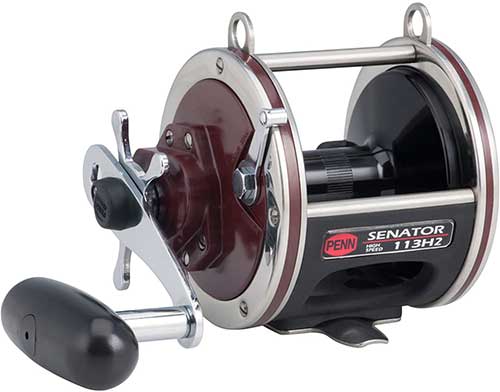
| Model 112 |
Weighs 22.0 oz |
| Drag 11 Pounds | Retrieves 29 in/turn |
| Line-capacity (yd/lb) 300/30 | L-C Braid 625/50 |
| Model 113 |
Weighs 30 oz |
| Drag 20 Pounds | Retrieves 26 in/turn |
| Line-capacity (yd/lb) 370/40 | L-C Braid 925/50 |
| Model 113LW |
Weighs 31 oz |
| Drag 20 Pounds | Retrieves 26 in/turn |
| Line-capacity (yd/lb) 490/40 | L-C Braid 1200/50 |
| Model 114 |
Weighs 45 oz |
| Drag 22 Pounds | Retrieves 28 in/turn |
| Line-capacity (yd/lb) 450/50 | L-C Braid 1075/80 |
| Model 114LW |
Weighs 48 oz |
| Drag 22 Pounds | Retrieves 28 in/turn |
| Line-capacity (yd/lb) 560/50 | L-C Braid 1350/80 |
The Penn Senator is a classic salmon fishing reel. I used these reels as a kid trolling and mooching for salmon near Seattle Washington in the Puget Sound. The size 112 holds about 600 feet of fishing line which is plenty of line for both trolling and mooching for salmon. It comes in both right hand and left-hand configurations.
The reel is constructed with side plates that have stainless steel reinforcement rings, anodized aluminum spool, bronze main gear, stainless steel pinion gear, and 2 shielded stainless steel ball bearings. A multi-disk drag star drag is used. The Penn Senator 112 reel has a 4.0:1 gear ratio and retrieves 29 inches per turn.
In the video below I show how to set the drag on different types of fishing reels. For lever drag reels I use a pull scale. This is also a good idea on star drag reels to get an idea of what different drag levels feel like when hand pulling line off the reel to test the drag.
Mooching Reels for Salmon
Mooching requires specialized reels with distinct characteristics from pure trolling reels. The ideal mooching reel features:
- A precise line counter to hit target depths
- A super free spool for minimal resistance during the drop
- A smooth, strong drag system for fighting salmon
- Sufficient line capacity for deep water fishing
In the video above, I show how to mooch for salmon using line counter reels.
7. Okuma Cold Water Line Counter Salmon Reel
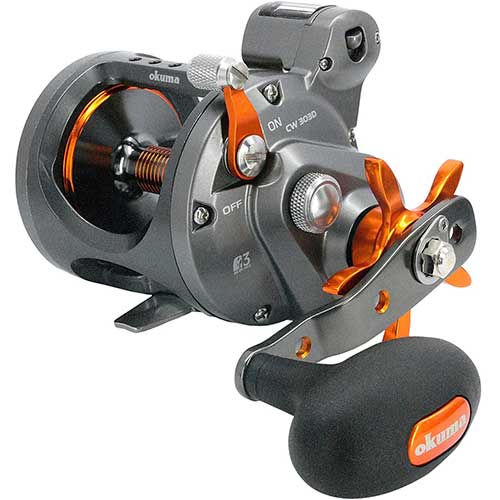
| Model 153 |
Weighs 14.6 oz |
| Drag 18 Pounds | Retrieves 23 in/turn |
| Line-capacity (yd/lb) 290/12 | L-C Braid 290/40 |
| Model 203 |
Weighs 15 oz |
| Drag 18 Pounds | Retrieves 23 in/turn |
| Line-capacity (yd/lb) 290/14 | L-C Braid 290/45 |
| Model 303 |
Weighs 20 oz |
| Drag 20 Pounds | Retrieves 24 in/turn |
| Line-capacity (yd/lb) 420/20 | L-C Braid 420/65 |
| Model 453 |
Weighs 21.8 oz |
| Drag 20 Pounds | Retrieves 26 in/turn |
| Line-capacity (yd/lb) 580/20 | L-C Braid 580/65 |
The Okuma Cold Water is a very popular line counter fishing reel. The size 303 is a large reel that holds plenty of fishing line for salmon fishing. This reel has a wide opening on the levelwind and can be used with monofilament line, braided line, or copper wire-line. Key features of the reel include a multi-disk carbonite drag system, 2+1 stainless steel ball bearings, large brass drive gear, brass pinion gear, and a two-tone anodized spool. The ratcheting drag system allows for fine adjustments.
The Okuma Cold Water Cw-553ls is a large levelwind reel that also works with wire-line but does not have a line counter. This is a large reel that can hold enough wire. Most anglers use 45-pound copper wire as a weighted line to get the lure down deep. The Tekota 800 is another option for a high capacity reel for wire-line. It is important to have a Twili tip installed on the end of the rod when fishing with a wire line.
A lead core line is another option to get lines deep and is easier in my option. Most reels will work with a lead-core line. These techniques are mostly used when fishing in the great lakes for salmon and walleye.
8. Okuma Coldwater Low Profile Salmon Reel
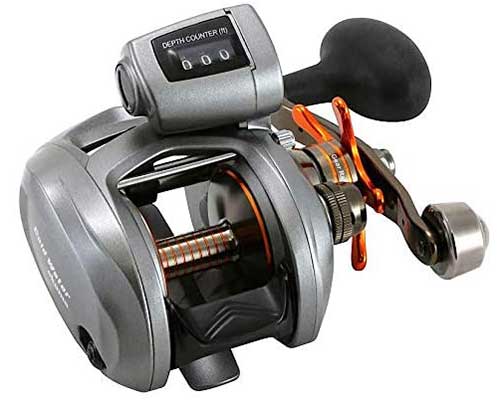
| Model 354D |
Weighs 12.5 oz |
| Drag 25 Pounds | Retrieves 26.1 in/turn |
| Line-capacity (yd/lb) 150/20 | L-C Braid 250/40 |
| Model 454D |
Weighs 17.2 oz |
| Drag 22 Pounds | Retrieves 46 in/turn |
| Line-capacity (yd/lb) 220/20 | L-C Braid 220/65 |
The Okuma Coldwater low-profile reels are large baitcasting reels with a line counter. The reel is made with a diecast aluminum frame, 3+1 stainless steel ball bearings, a large XL drive gear, and an anodized aluminum spool. Key features of the reel include multi-disk carbonite drag, clear view line counter, and a ratcheting drag system for fine adjustments.
These would be great reels for mooching for salmon. The 454D holds about the same amount of line as a Shimano Tekota 500 and is about the same weight.
I have not used this reel for salmon mooching but think it could be the best reel out there for this purpose. The baitcasting reel would be able to be set up to reduce backlash for novice anglers. This reel could also work for trolling although it is uncommon to troll with a baitcasting reel. The smaller 354D would work for casting lures and baits to salmon in the ocean or in streams.
9. Okuma Magda Pro Salmon Reel
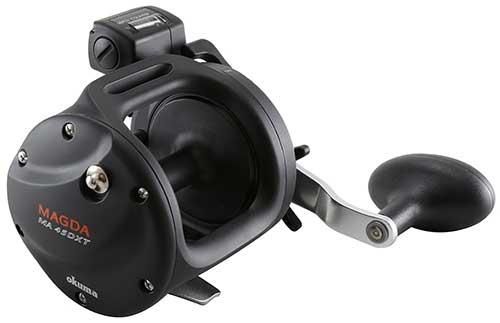
| Model 15 |
Weighs 12.6 oz |
| Drag 15 Pounds | Retrieves 23 in/turn |
| Line-capacity (yd/lb) 290/12 | L-C Braid 290/40 |
| Model 20 |
Weighs 13.8 oz |
| Drag 15 Pounds | Retrieves 23 in/turn |
| Line-capacity (yd/lb) 290/14 | L-C Braid 290/45 |
| Model 30 |
Weighs 16.4 oz |
| Drag 17 Pounds | Retrieves 24 in/turn |
| Line-capacity (yd/lb) 420/20 | L-C Braid 420/65 |
| Model 45 |
Weighs 17.4 oz |
| Drag 17 Pounds | Retrieves 26 in/turn |
| Line-capacity (yd/lb) 580/20 | L-C Braid 580/65 |
The Okuma Magda Pro is a very popular salmon trolling reel on the great lakes. It is a low-cost line counter reel that works with wire-line and lead-core line. This is also a common reel used for salmon rod and reel combo packages. It is about the same cost to buy them separately and I provide listings for good salmon fishing rods later in this article.
This reel comes in left-hand and right-hand retrieve handle configurations. The reel is constructed with a graphite body, graphite spool, 2 stainless steel ball bearings, brass gears, and a stainless steel levelwind guide. Twin paddle handles come on the smallest 15 size reel. Features of the reel include multi-disk carbonite drag, self-lubricating gearing, and a line counter that measures line distance based on the number of handle turns.
Salmon Trolling Rods
Selecting the right rod is just as important as choosing the proper reel for salmon fishing. Here is a breakdown of rod characteristics for different salmon fishing applications.
Effective salmon trolling rods share several important characteristics.
- Length: Optimal length ranges from 9 to 12 feet
- Power: Medium to medium-heavy power ratings
- Action: Moderate action to absorb sudden strikes
- Backbone: Strong enough to handle large salmon fights
I have found that longer rods (10’6″) offer significant advantages when trolling for salmon. They help keep lines clear from the boat, provide better leverage when fighting fish, and reduce slack when a salmon initially hits. During my season running charters in Alaska, all of our trolling setups used 10’6″ rods paired with quality reels, which proved ideal for downrigger trolling.
For downrigger applications specifically, rods need to release cleanly from the downrigger clip and have enough backbone to handle the immediate fight after release, while providing enough flex to prevent hook pulls during the battle. Medium to medium-heavy power rods with moderate action work best here.
Okuma Classic Pro Salmon Trolling Rods
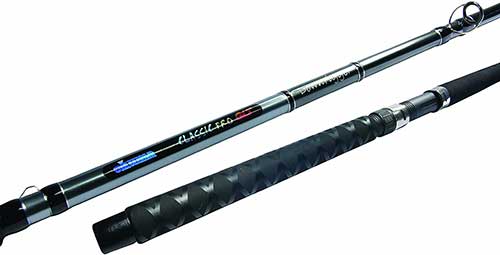
| Estimated Price | $30-$75 |
| Down Rigger Rod | Length 7 ft to 8 ft 6 in |
| Power | Medium-light to medium |
| Lake Trolling Rod | Length 7 ft 6 in |
| Power | Medium |
| Precision Trolling Rod | Length 7 ft to 8 ft 6 in |
| Power | Medium-light to medium |
| Salmon Rod | Length 8 ft 6 in to 9 ft |
| Power | Medium to medium-heavy |
| Copper Leadcore Rod | Length 8 ft 6 |
| Power | Medium |
| Dipsy Diver Rod | Length 9 ft – 10 ft 6 in |
| Power | Medium |
These rods are commonly sold as a combo with the Okuma Magda Pro reel. However, the rods work with the other salmon reels on the list as well. These are some of the lowest-cost salmon rods on the market and work in both saltwater and freshwater.
For salmon fishing, the best rods length is between 9 feet and 10 feet 6 inches. This is true for both downrigger rods and mooching rods. When running charters in Alaska all of the rods we had were 10 feet 6 inches in length. The long rods help keep the line clear of the boat and help reduce slack in the line when a salmon initially bites.
Even though the best rod says dipsy diver, these are great rods for trolling, mooching, and running flat lines. The rod is made with an e-glass blank, EVA grip, titanium oxide inserts, and a rubber butt. These are fairly durable rods that work well for catching salmon.
Salmon Mooching Rods
Mooching rods have specific characteristics that differentiate them from pure trolling rods:
- Length: Typically 9 to 12 feet
- Power: Medium to medium-heavy
- Action: Moderate to moderate-fast
- Sensitivity: High sensitivity in the tip to detect light bites
The longer rod length is crucial for mooching as it helps pick up slack quickly when a fish strikes, reducing the chance of missed hooksets. The 10’6″ mooching rods we used in Alaska provided the perfect balance of sensitivity and power for this specialized technique.
G-Loomis makes some of the finest salmon mooching rods on the market with their Salmon Series. These rods feature the ideal action for mooching, with a sensitive tip for bite detection but plenty of backbone to handle large king salmon. While they represent a significant investment, their performance justifies the cost for serious salmon anglers.
G-Loomis Salmon Mooching Fishing Rod
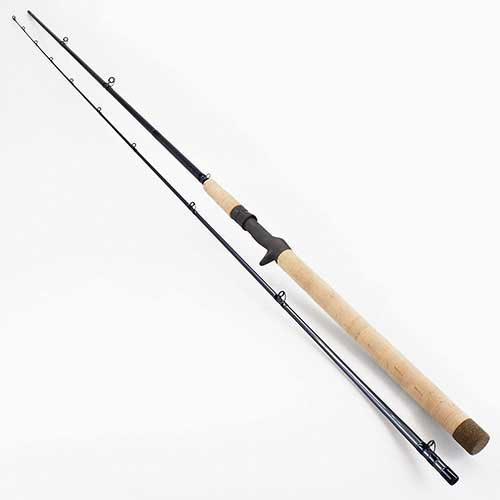
| Estimated Price | $355 |
| Type | Mooching Rod |
| Length | 10 ft 6 in |
| Power | Heavy |
| Action | Moderate |
G-loomis salmon series rods come in lengths for 8 foot to 12 foot three inches. The company G-loomis makes the best salmon rods on the market. The 10 foot 6-inch rod is the rod I used last year for all the salmon setups for charter fishing in Alaska. The rod line weight is 10-40 pounds and is rated for lures between 1 and 6 ounces. This rod works to catch all types of salmon including large king salmon. We even managed to reel in some mid-sized halibut without any issues.
This rod works great for trolling with downriggers or mooching for salmon. The rod is two-pieces but we never had any issue with the rod coming apart. The handle is a cork handle and you may want to heat shrink a protective outer layer. To prevent the reels from loosening on the rod we would use electrical tape over the top threads. This was just in case the reel would loosen when fighting a fish. The reel does fit securely with these rods. Another top quality salmon rod is the G-Loomis EX-6.
The Mooching Technique: Step by Step
To understand why specialized equipment matters for mooching, it helps to understand the technique itself. Here’s how we would typically mooch for salmon in Alaska:
- Locate salmon on the fish finder, noting the depth at which they’re holding
- Prepare a cut-plug herring on a leader behind a flasher
- Using a rod with a line counter reel, free-spool the bait to the target depth
- Raise the rod tip 2-3 feet, then slowly lower it back down
- Repeat this jigging motion intermittently, while gradually working the bait up through the water column
The critical elements here are depth control and the smooth action of raising and lowering the bait. Without a quality line counter reel, it’s nearly impossible to consistently target specific depths. Similarly, without the right rod action, it’s difficult to impart the natural motion to the herring that triggers strikes.
When a salmon hits while mooching, the bite is often subtle, just weight or resistance rather than an aggressive strike. Having a sensitive rod tip helps detect these light bites, while the backbone of a quality rod provides the power needed to drive hooks home.
In my experience running charters, the clients who mastered the mooching technique with proper equipment consistently outfished those trolling, especially when salmon were holding at specific depths and in a more neutral feeding mood.
Flat Line Trolling Equipment
Not all salmon trolling requires diving devices or downriggers. Flat line trolling (running lures directly off the back of the boat) can be highly effective, especially for coho salmon that often feed higher in the water column. For flat line trolling:
- Line counter reels help maintain consistent distances behind the boat
- Medium-power rods allow for better lure action
- Gear ratio becomes more important for retrieving long lines quickly
I’ve found that flat line trolling is particularly effective early and late in the day when salmon may move higher in the water column. In these scenarios, knowing exactly how far back your lure is running becomes crucial, making line counter reels invaluable even without diving devices.
Line Capacity Considerations
Line capacity becomes critical when targeting salmon, especially in deeper waters. Here’s what I’ve found works best:
- For trolling and mooching up to 200 feet deep: 30-pound mainline capacity of at least 250 yards
- For deeper fishing (over 200 feet): Larger reels with at least 350-400 yards of 30-pound line
- For stream fishing, 120-150 yards of 8-20 pound line is typically sufficient
When using braided line, you can get away with smaller reels due to the reduced diameter of the line for equivalent strength. However, I still prefer monofilament for many salmon applications due to its stretch and forgiveness.
Setting the Drag and Reel Maintenance
Setting the Drag Properly
Regardless of whether you’re trolling or mooching for salmon, proper drag setting is crucial for success. For star drag reels, I recommend using a pull scale to get an idea of what different drag levels feel like. Generally, you’ll want to set your drag to about 25-30% of your line’s breaking strength.
For a 30-pound test line, that means setting your drag to apply 7-9 pounds of pressure. This gives you enough stopping power while still providing insurance against sudden runs and head shakes from powerful salmon.
This drag setting works well for both trolling and mooching applications, though you might want to go slightly lighter when mooching to allow for more sensitive bite detection.
Maintenance Tips for Salmon Reels
Proper maintenance extends the life of your salmon reels significantly:
- Rinse with fresh water after each use in saltwater
- Periodically check and tighten the star drag (they tend to loosen over time)
- Apply reel oil to moving parts per the manufacturer’s recommendations
- Check line guide operation regularly
- Store in a cool, dry place
I have found that reels maintained properly can last many seasons, even under heavy use in charter operations.
Captain Cody has worked on charter fishing boats in the Florida Keys, Virgin Islands, and Alaska. Growing up in Pennsylvania Cody has also done extensive freshwater fishing including bass fishing tournaments. Cody strives to provide detailed information about the best fishing gear and tactics to help both novice and experienced anglers have a more productive and enjoyable time on the water. Cody also has a background in aerospace engineering and neuroscience but really only takes pride in being good at one thing and that is fishing!


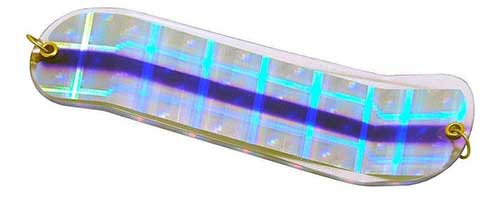
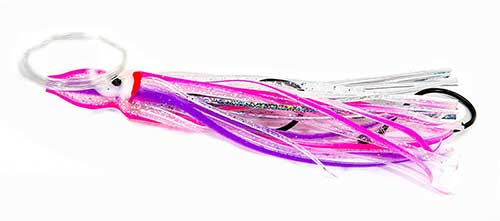
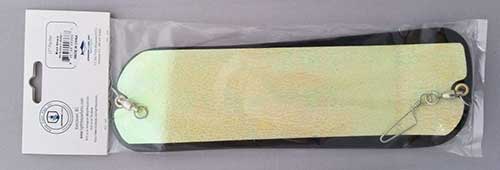
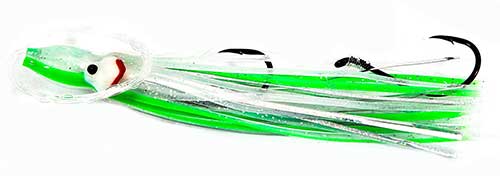

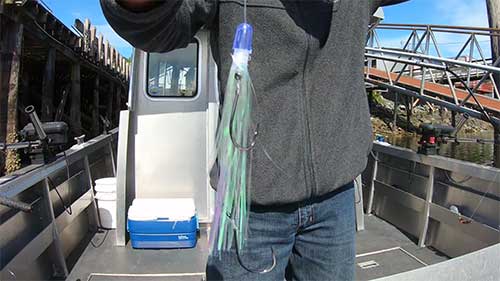
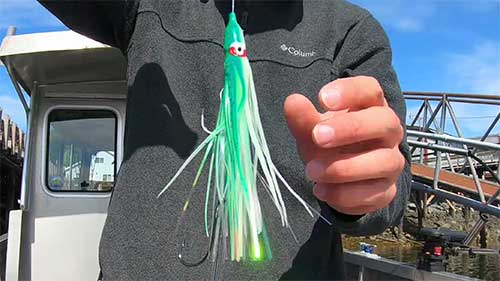
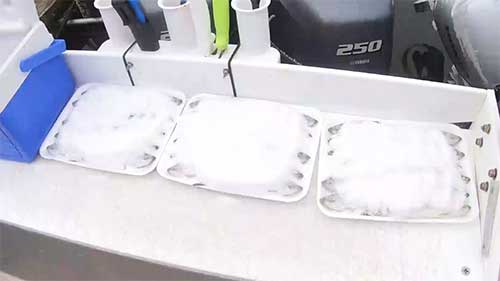
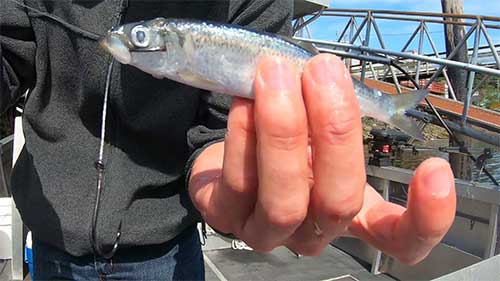

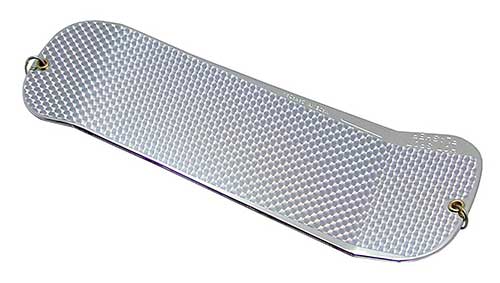
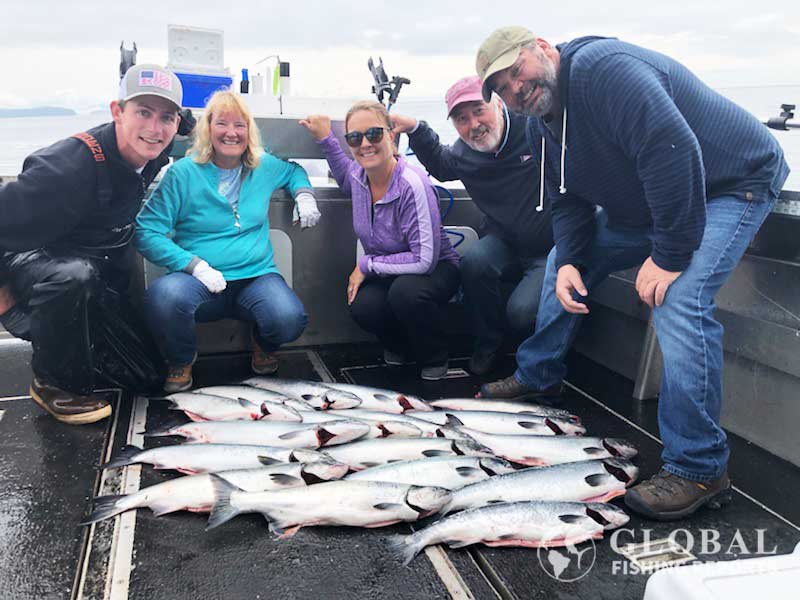




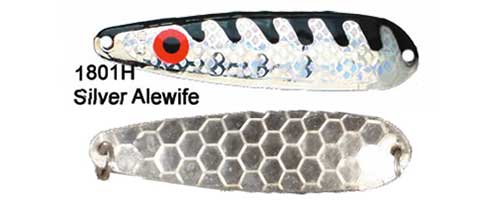


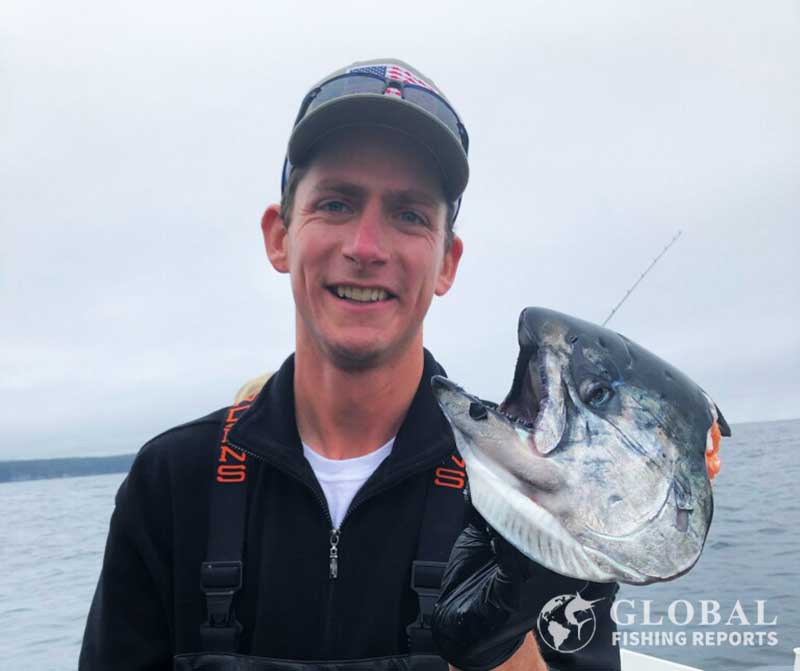
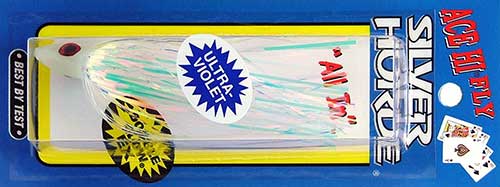
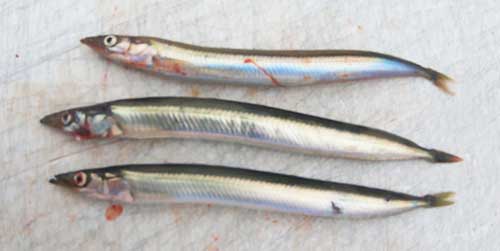
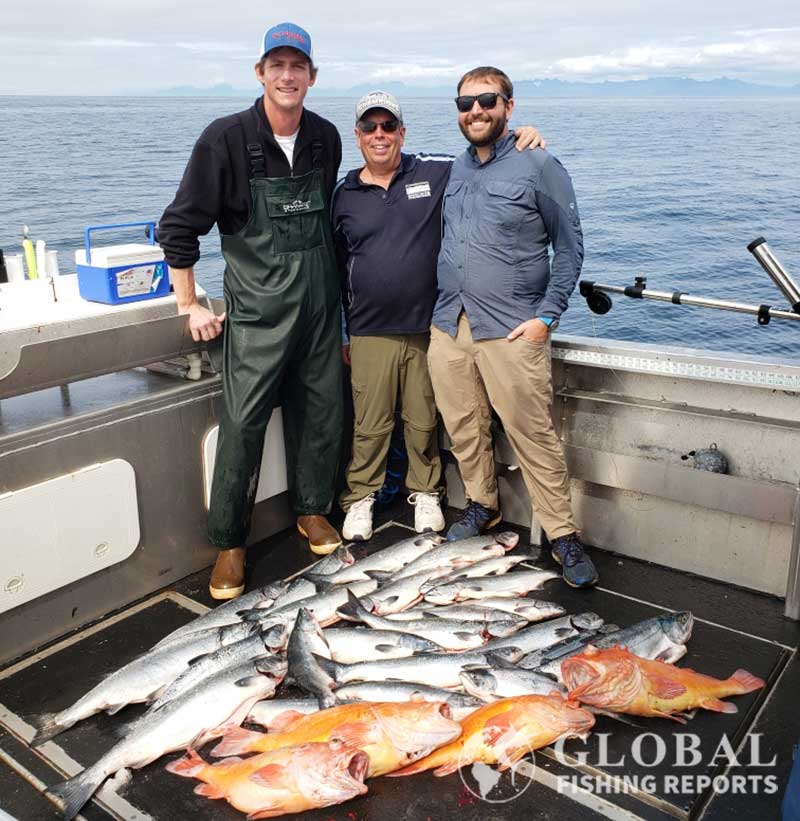
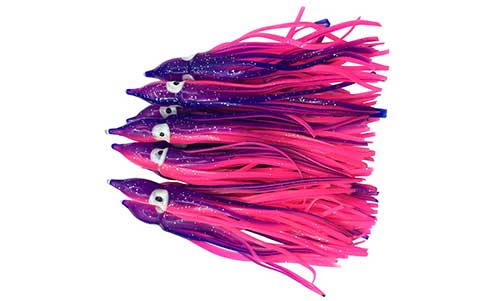
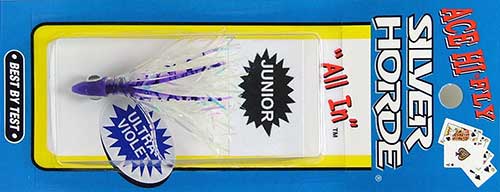
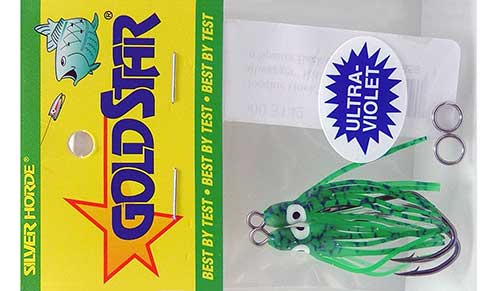

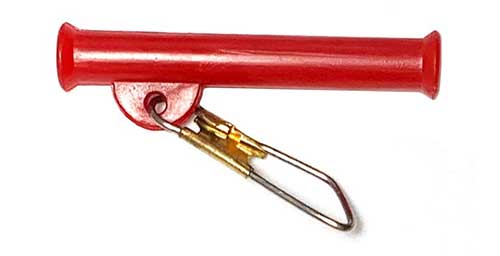

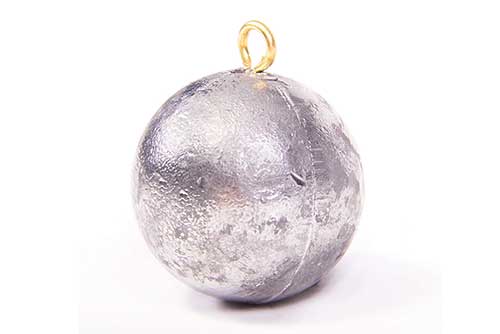
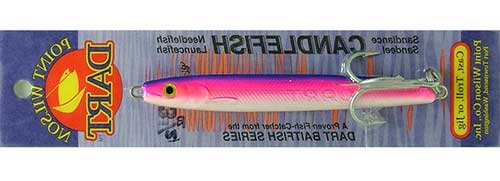
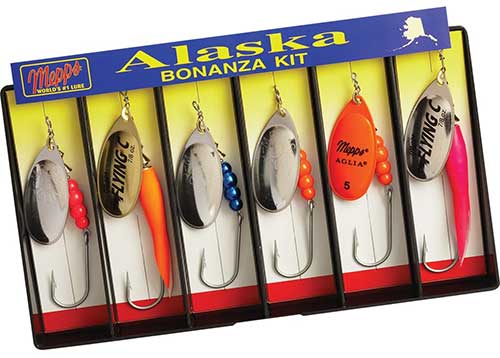
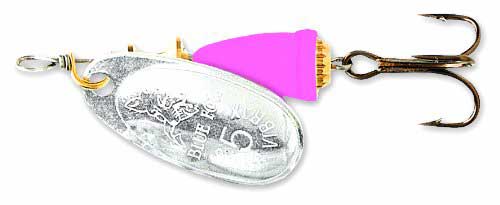

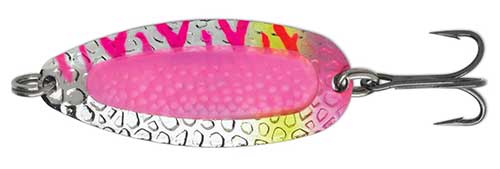
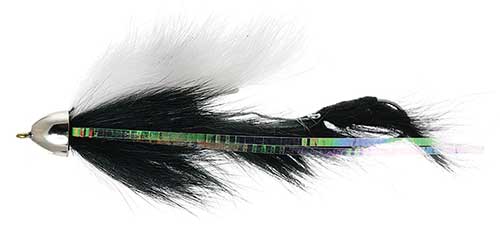
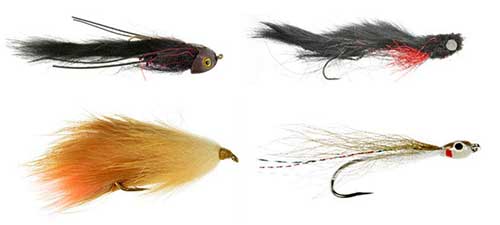

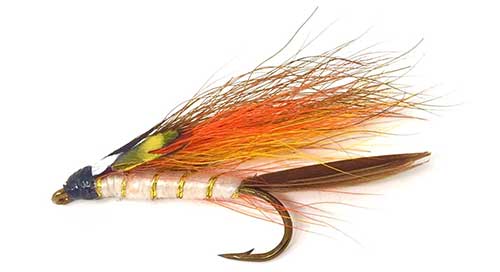
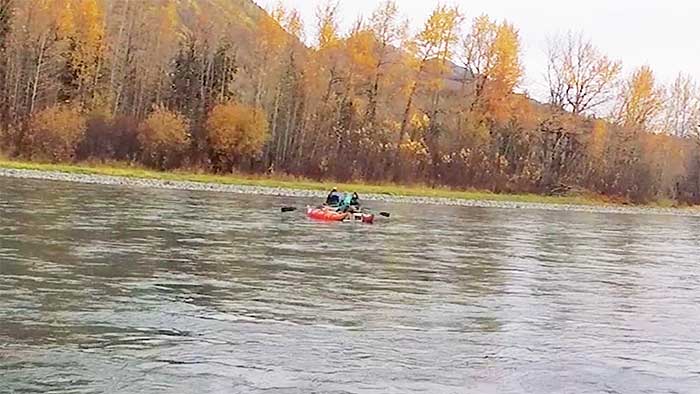
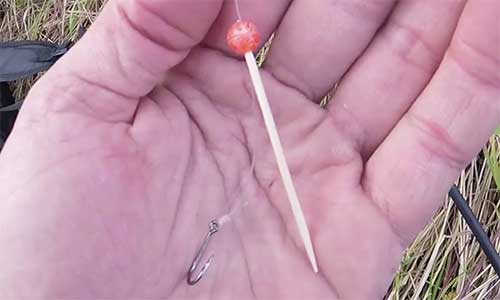
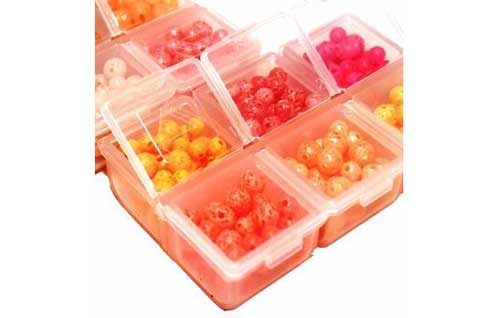
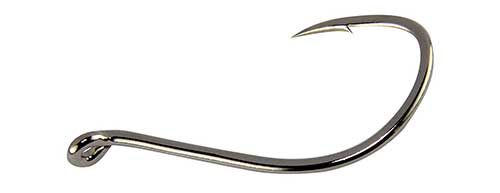
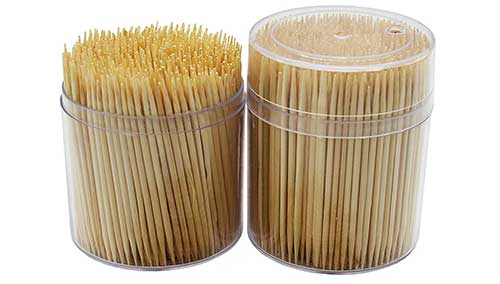
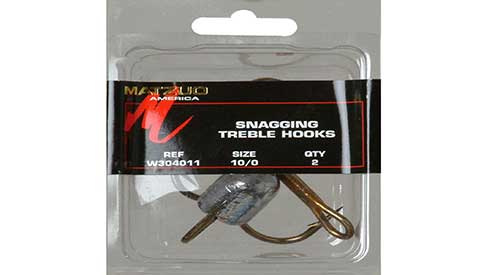
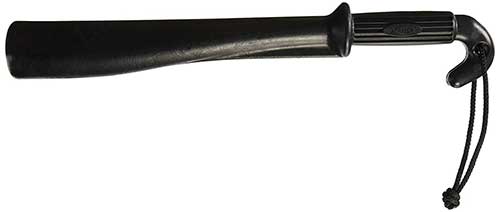
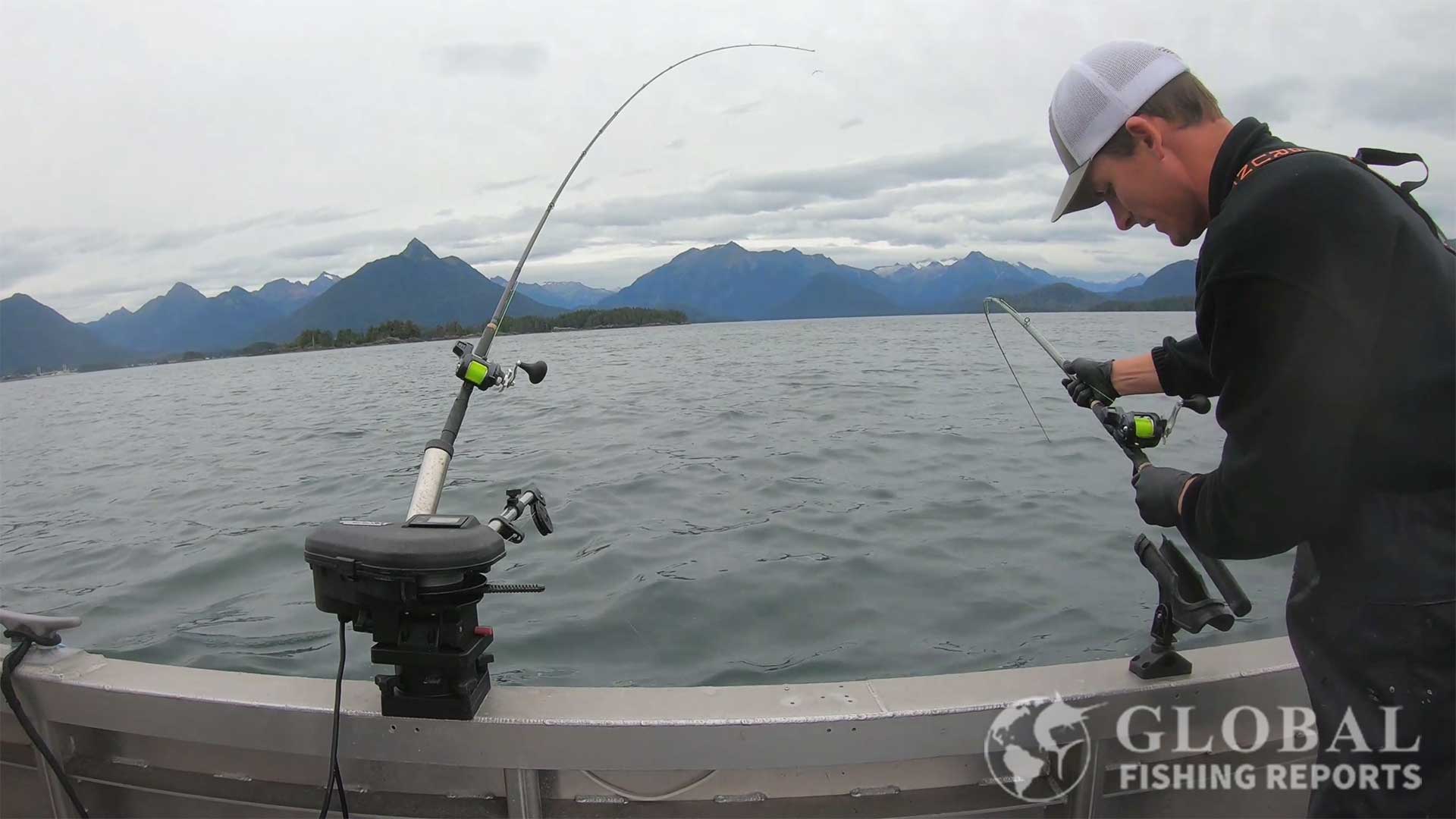
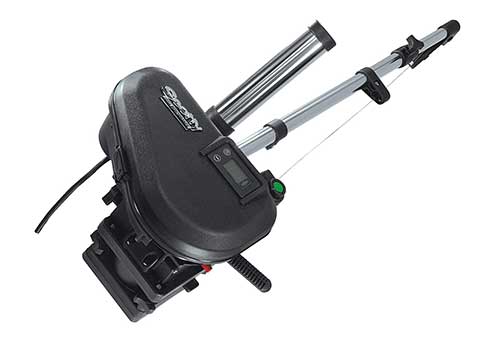
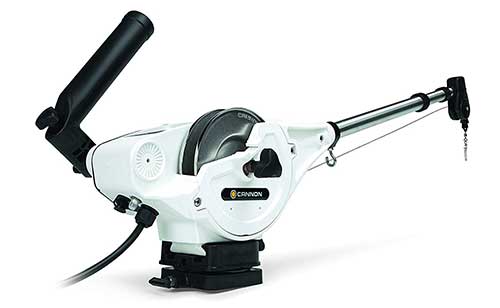


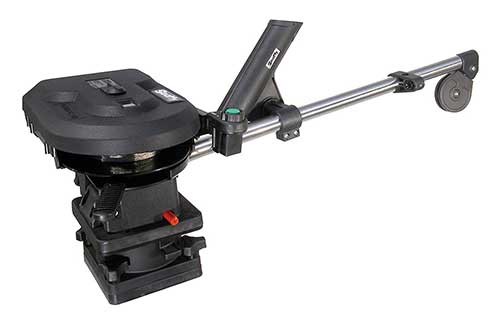
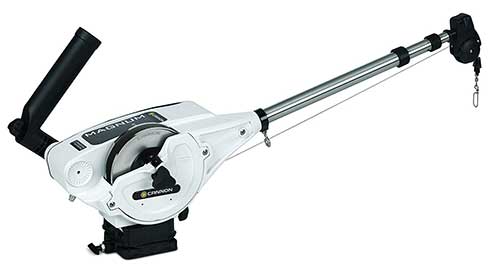
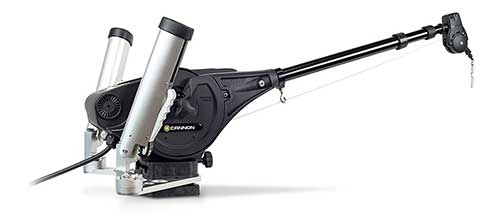

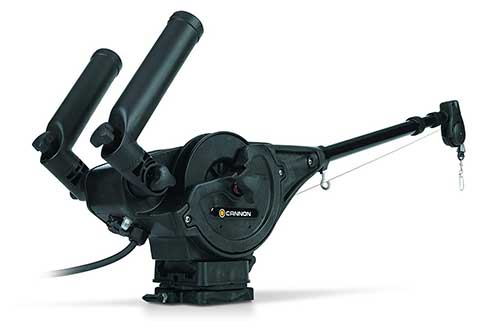
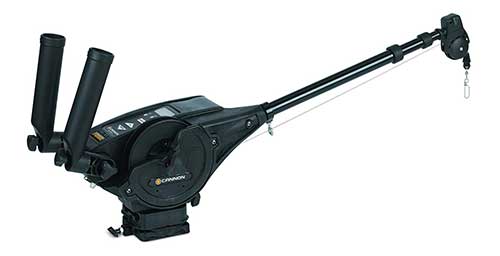
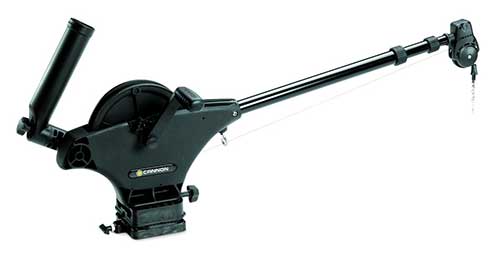
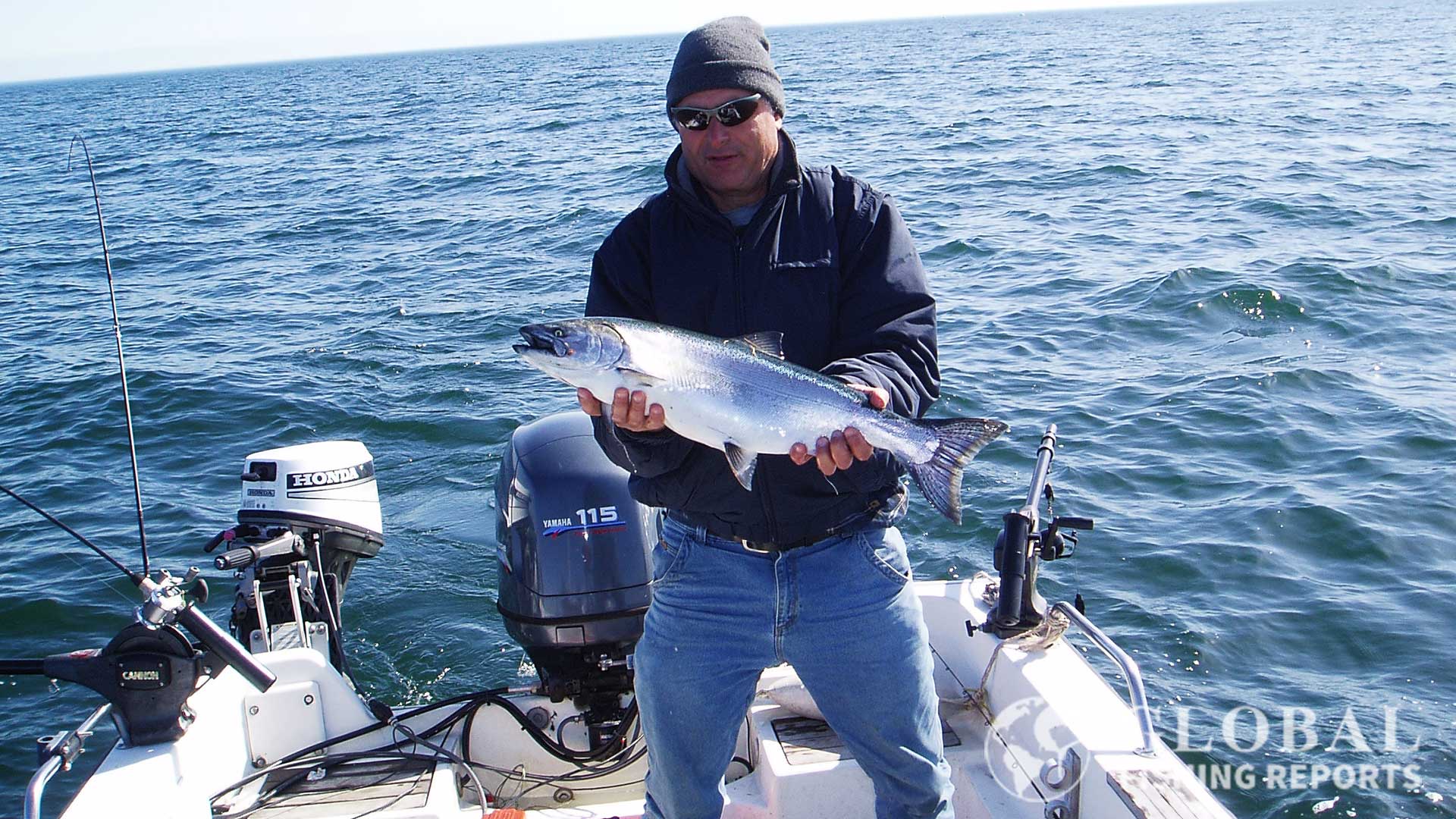
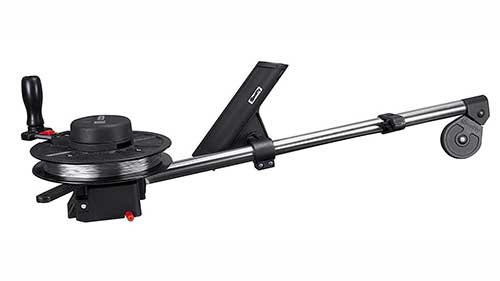
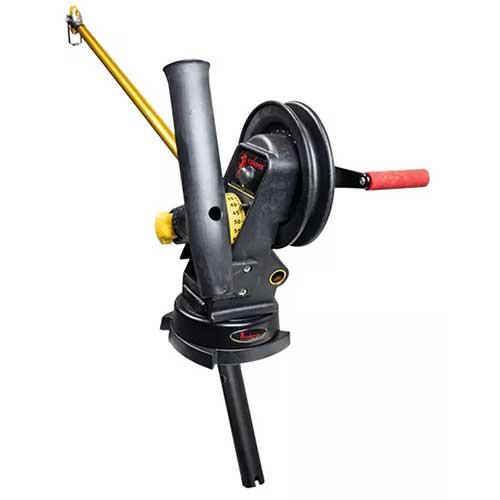
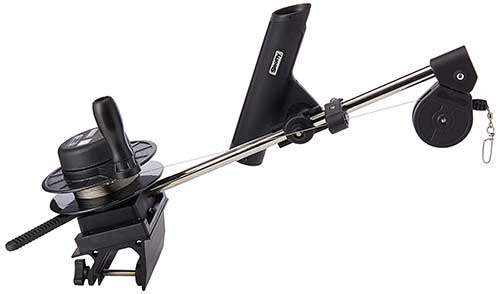
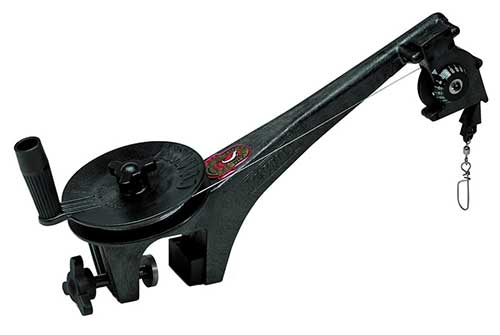
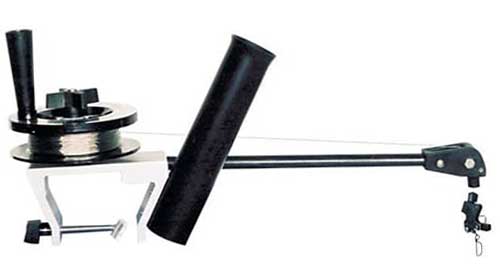
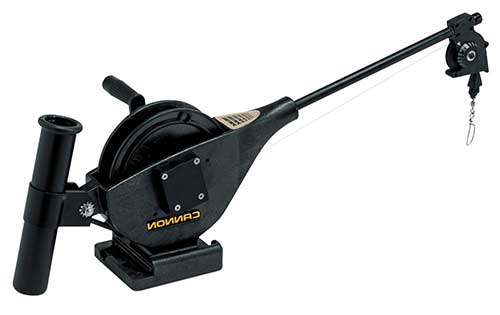
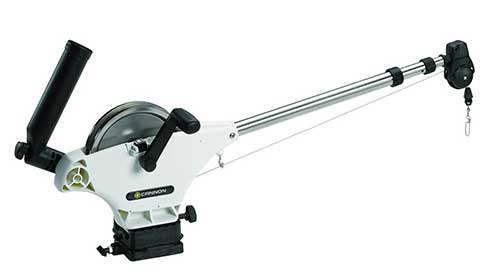
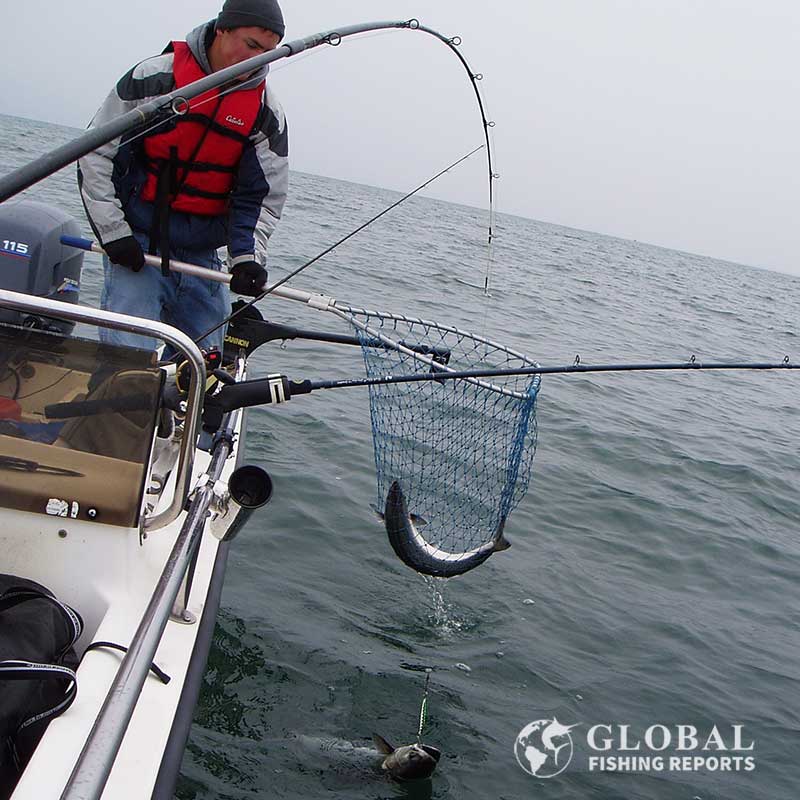
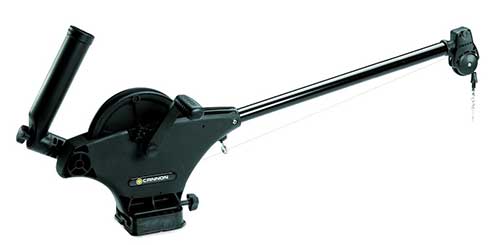
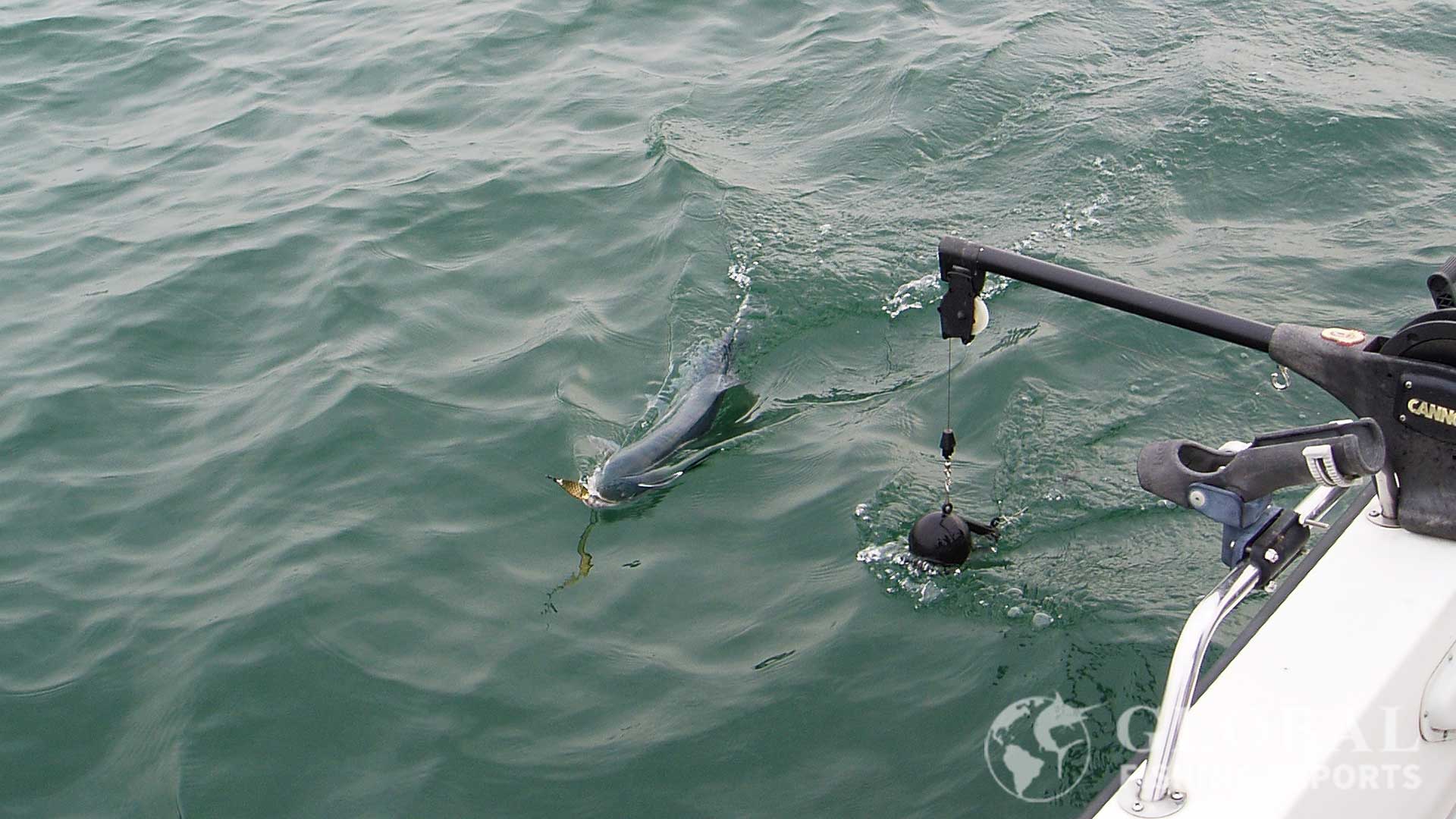

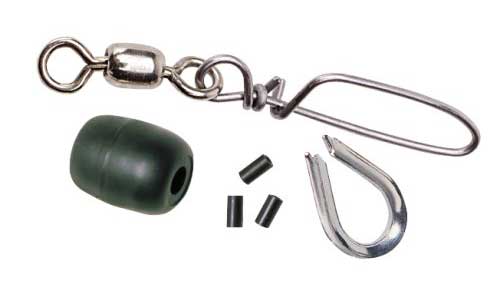

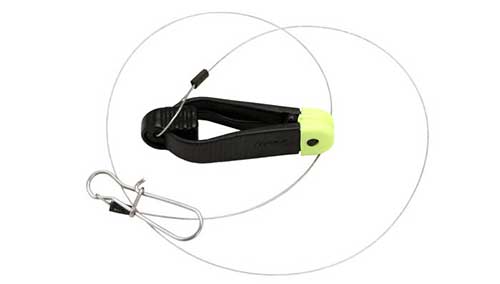
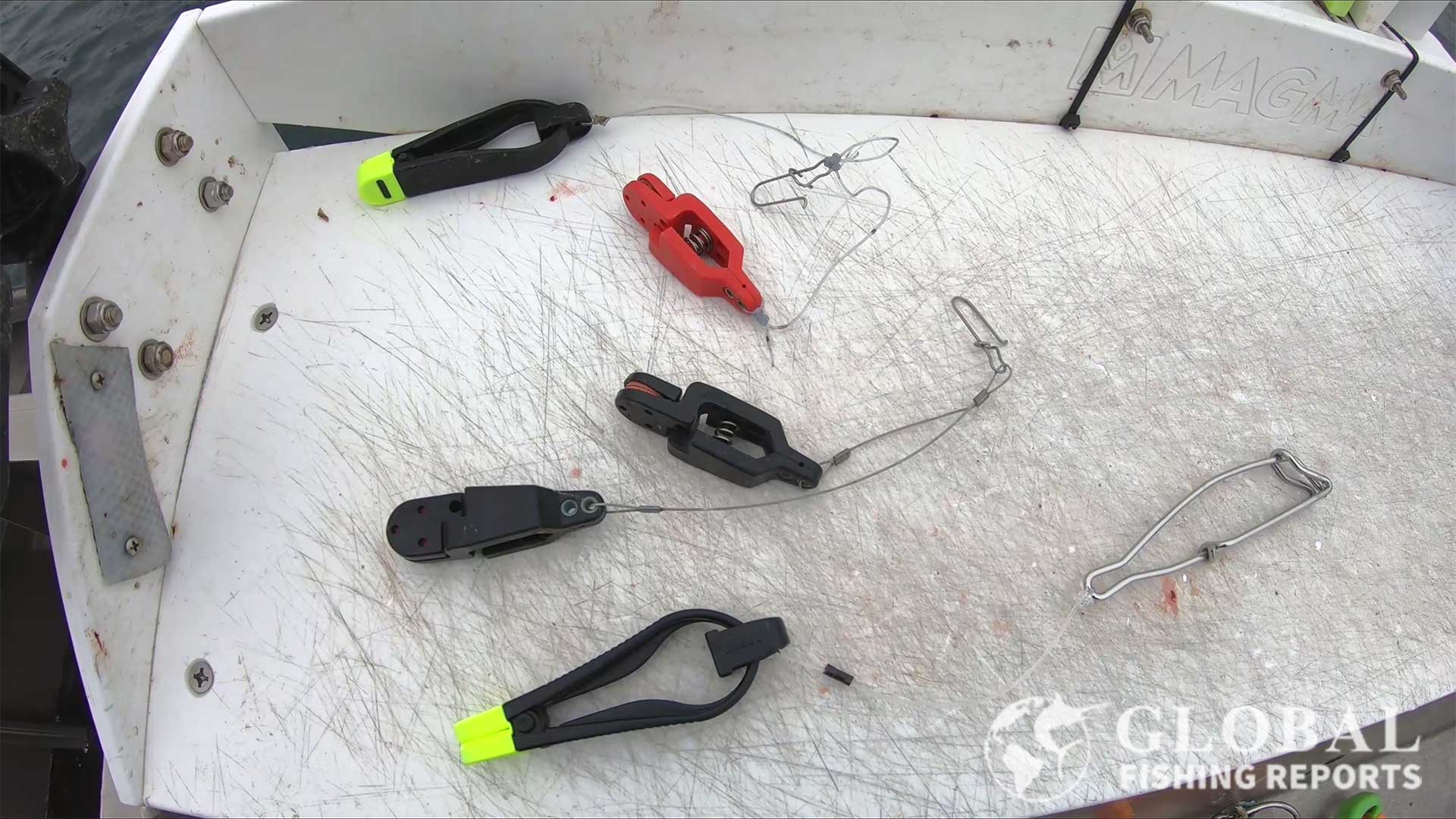
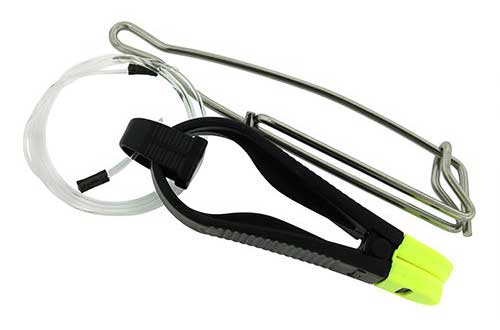
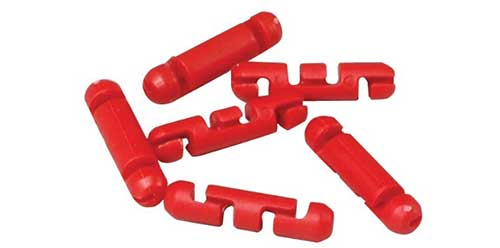
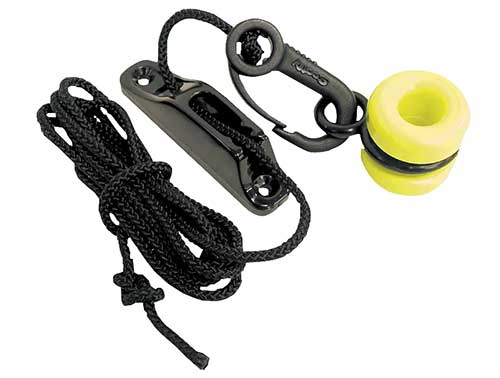
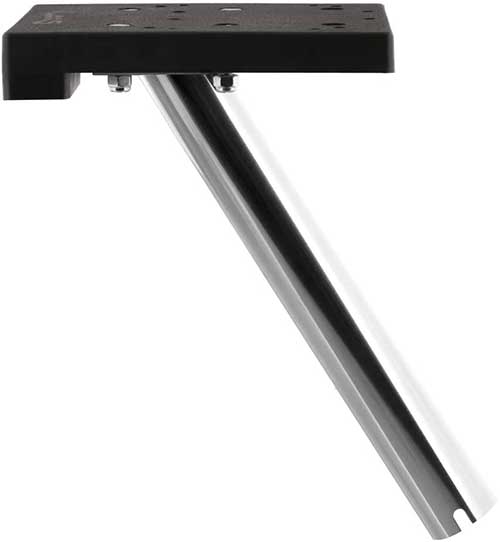
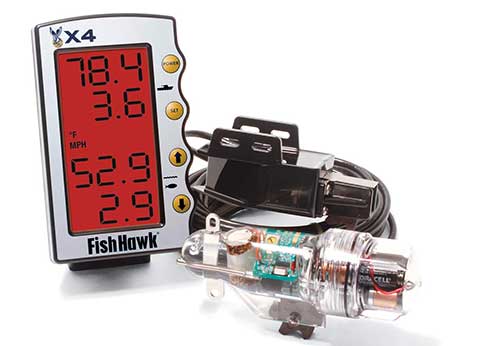
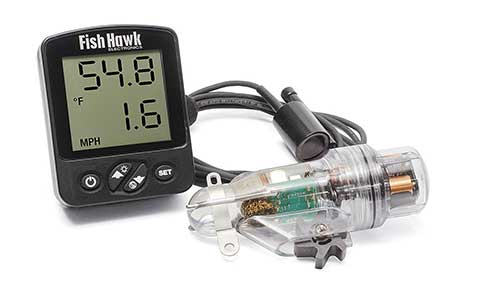
I am gearing up to go back to Homer Alaska where I lived 40 years ago for a summer of fishing for Halibut and Salmon.
Your videos are excellent and have been invaluable in helping me get up to date on the latest gear and techniques.
Keep up the great work.